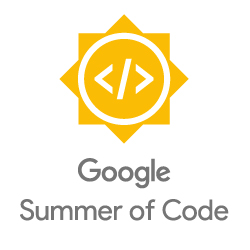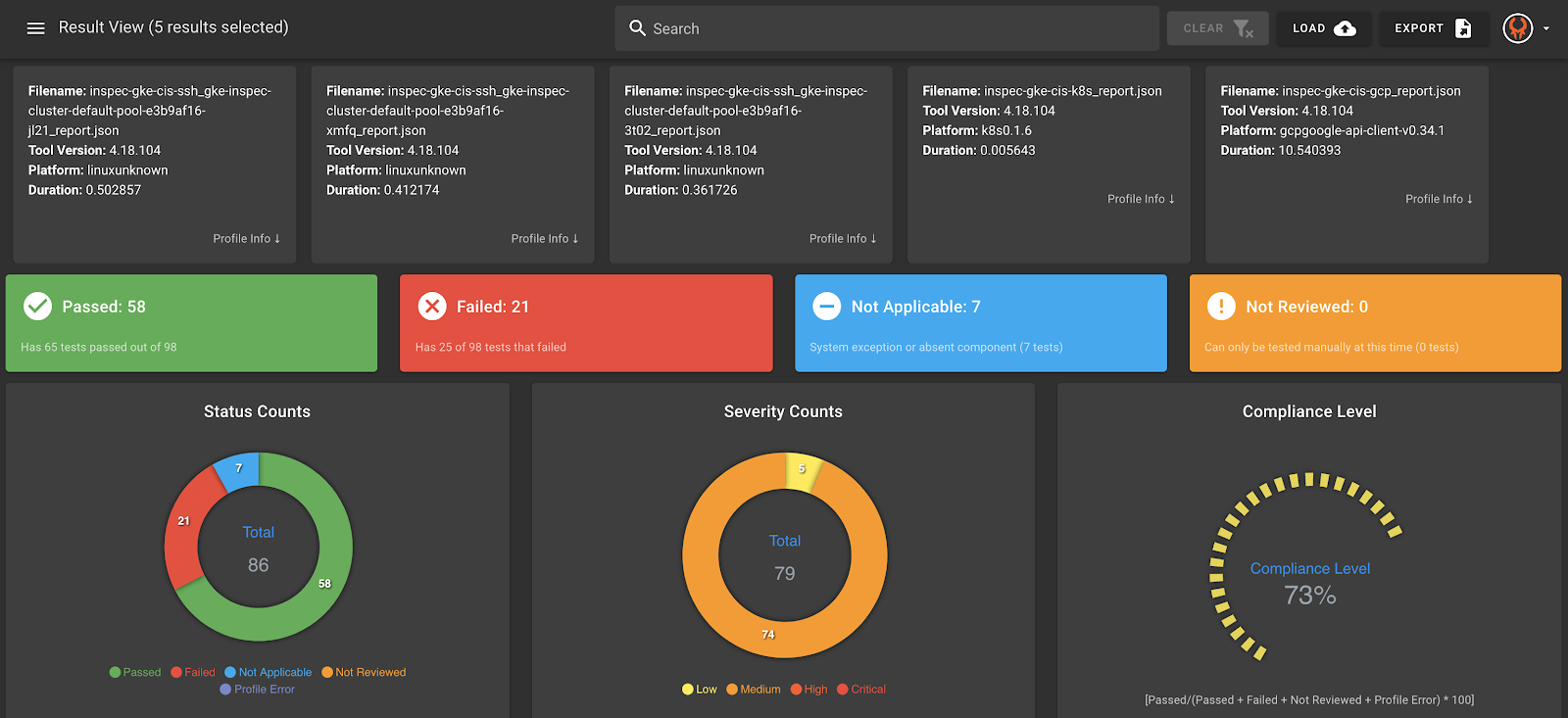The security of open source software has rightfully garnered the industry’s attention, but solutions require consensus about the challenges and cooperation in the execution. The problem is complex and there are many facets to cover: supply chain, dependency management, identity, and build pipelines. Solutions come faster when the problem is well-framed; we propose a framework (“Know, Prevent, Fix”) for how the industry can think about vulnerabilities in open source and concrete areas to address first, including:
- Consensus on metadata and identity standards: We need consensus on fundamentals to tackle these complex problems as an industry. Agreements on metadata details and identities will enable automation, reduce the effort required to update software, and minimize the impact of vulnerabilities.
- Increased transparency and review for critical software: For software that is critical to security, we need to agree on development processes that ensure sufficient review, avoid unilateral changes, and transparently lead to well-defined, verifiable official versions.
Due to recent events, the software world gained a deeper understanding about the real risk of supply-chain attacks. Open source software should be less risky on the security front, as all of the code and dependencies are in the open and available for inspection and verification. And while that is generally true, it assumes people are actually looking. With so many dependencies, it is impractical to monitor them all, and many open source packages are not well maintained.
It is common for a program to depend, directly or indirectly, on thousands of packages and libraries. For example, Kubernetes now depends on about 1,000 packages. Open source likely makes more use of dependencies than closed source, and from a wider range of suppliers; the number of distinct entities that need to be trusted can be very high. This makes it extremely difficult to understand how open source is used in products and what vulnerabilities might be relevant. There is also no assurance that what is built matches the source code.
Taking a step back, although supply-chain attacks are a risk, the vast majority of vulnerabilities are mundane and unintentional—honest errors made by well-intentioned developers. Furthermore, bad actors are more likely to exploit known vulnerabilities than to find their own: it’s just easier. As such, we must focus on making fundamental changes to address the majority of vulnerabilities, as doing so will move the entire industry far along in addressing the complex cases as well, including supply-chain attacks.
Few organizations can verify all of the packages they use, let alone all of the updates to those packages. In the current landscape, tracking these packages takes a non-trivial amount of infrastructure, and significant manual effort. At Google, we have those resources and go to extraordinary lengths to manage the open source packages we use—including keeping a private repo of all open source packages we use internally—and it is still challenging to track all of the updates. The sheer flow of updates is daunting. A core part of any solution will be more automation, and this will be a key theme for our open source security work in 2021 and beyond.
It is common for a program to depend, directly or indirectly, on thousands of packages and libraries. For example, Kubernetes now depends on about 1,000 packages. Open source likely makes more use of dependencies than closed source, and from a wider range of suppliers; the number of distinct entities that need to be trusted can be very high. This makes it extremely difficult to understand how open source is used in products and what vulnerabilities might be relevant. There is also no assurance that what is built matches the source code.
Taking a step back, although supply-chain attacks are a risk, the vast majority of vulnerabilities are mundane and unintentional—honest errors made by well-intentioned developers. Furthermore, bad actors are more likely to exploit known vulnerabilities than to find their own: it’s just easier. As such, we must focus on making fundamental changes to address the majority of vulnerabilities, as doing so will move the entire industry far along in addressing the complex cases as well, including supply-chain attacks.
Few organizations can verify all of the packages they use, let alone all of the updates to those packages. In the current landscape, tracking these packages takes a non-trivial amount of infrastructure, and significant manual effort. At Google, we have those resources and go to extraordinary lengths to manage the open source packages we use—including keeping a private repo of all open source packages we use internally—and it is still challenging to track all of the updates. The sheer flow of updates is daunting. A core part of any solution will be more automation, and this will be a key theme for our open source security work in 2021 and beyond.
Because this is a complex problem that needs industry cooperation, our purpose here is to focus the conversation around concrete goals. Google co-founded the OpenSSF to be a focal point for this collaboration, but to make progress, we need participation across the industry, and agreement on what the problems are and how we might address them. To get the discussion started, we present one way to frame this problem, and a set of concrete goals that we hope will accelerate industry-wide solutions.
We suggest framing the challenge as three largely independent problem areas, each with concrete objectives:
Goal: Precise Vulnerability Data
First, it is crucial to capture precise vulnerability metadata from all available data sources. For example, knowing which version introduced a vulnerability helps determine if one's software is affected, and knowing when it was fixed results in accurate and timely patching (and a reduced window for potential exploitation). Ideally, this triaging workflow should be automated.
- Know about the vulnerabilities in your software
- Prevent the addition of new vulnerabilities, and
- Fix or remove vulnerabilities.
Know your Vulnerabilities
Knowing your vulnerabilities is harder than expected for many reasons. Although there are mechanisms for reporting vulnerabilities, it is hard to know if they actually affect the specific versions of software you are using.Goal: Precise Vulnerability Data
First, it is crucial to capture precise vulnerability metadata from all available data sources. For example, knowing which version introduced a vulnerability helps determine if one's software is affected, and knowing when it was fixed results in accurate and timely patching (and a reduced window for potential exploitation). Ideally, this triaging workflow should be automated.
Second, most vulnerabilities are in your dependencies, rather than the code you write or control directly. Thus, even when your code is not changing, there can be a constant churn in your vulnerabilities: some get fixed and others get added.1
Goal: Standard Schema for Vulnerability Databases
Infrastructure and industry standards are needed to track and maintain open source vulnerabilities, understand their consequences, and manage their mitigations. A standard vulnerability schema would allow common tools to work across multiple vulnerability databases and simplify the task of tracking, especially when vulnerabilities touch multiple languages or subsystems.
Goal: Accurate Tracking of Dependencies
Better tooling is needed to understand quickly what software is affected by a newly discovered vulnerability, a problem made harder by the scale and dynamic nature of large dependency trees. Current practices also often make it difficult to predict exactly what versions are used without actually doing an installation, as the software for version resolution is only available through the installer.
Prevent New Vulnerabilities
- Understanding risks when deciding on a new dependency
- Improving development processes for security-critical software
The first category is essentially knowing about vulnerabilities at the time you decide to use a package. Taking on a new dependency has inherent risk and it needs to be an informed decision. Once you have a dependency, it generally becomes harder to remove over time. Knowing about vulnerabilities is a great start, but there is more that we can do. Continue reading

